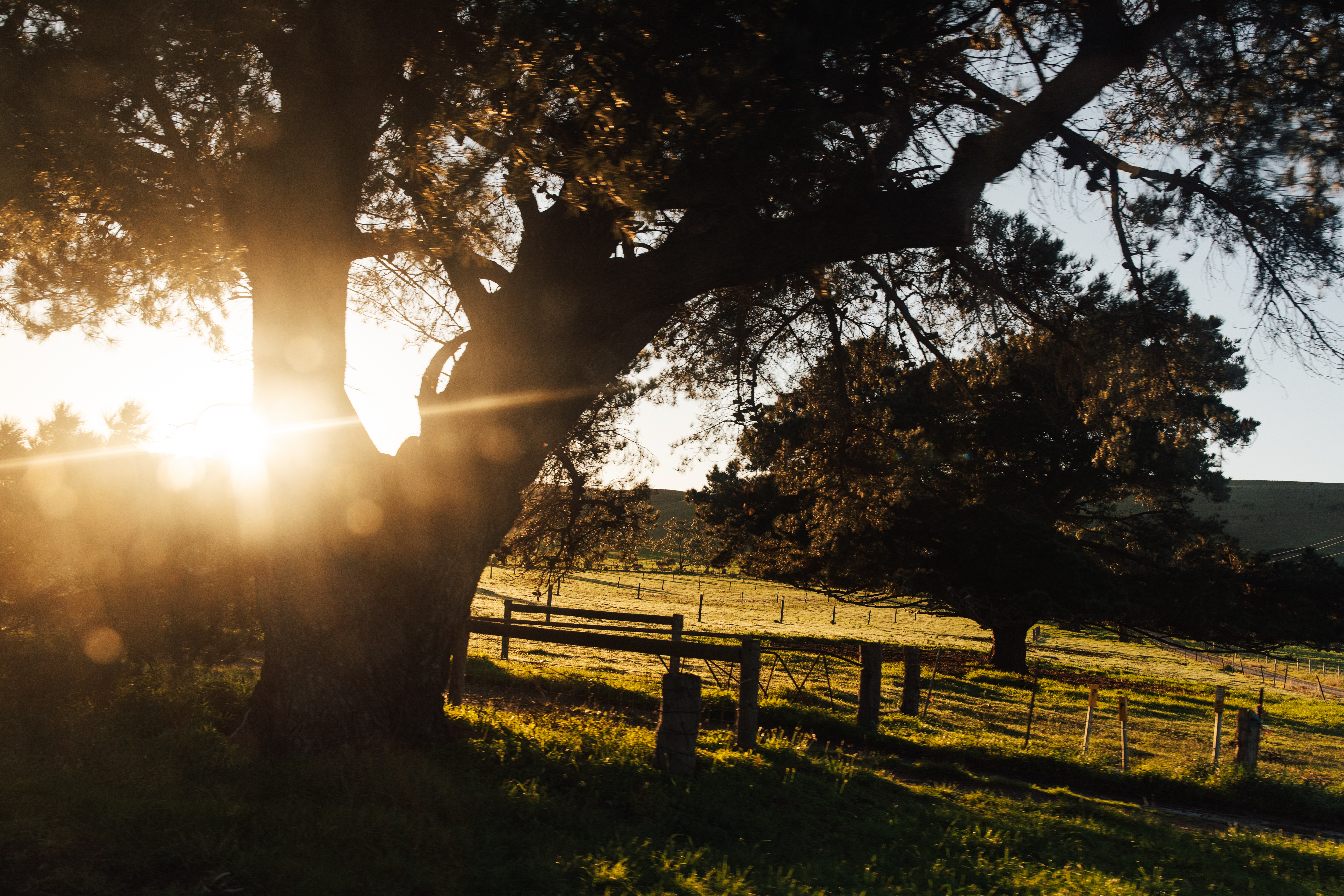
Carbon neutral commitment by 2030 ‘achievable’ for SA producers
A commitment by the livestock industry to be carbon neutral by 2030 will bring benefits not only for consumers but also for producers.
Australian agriculture has set a goal in the National Farmers’ Federation’s Roadmap for all of agriculture to be trending towards carbon neutrality by the year 2030. The red meat industry, through Meat and Livestock Australia, has gone further and committed to being carbon neutral by that year.
There are reports that carbon neutral livestock production is something consumers want and that major customers are already considering it in their buying decisions. Importantly, there is clear evidence that carbon neutrality is achievable for producers.
Already there are individual livestock producers who are able to claim that they run carbon-positive production systems. Across South Australia there are livestock producers who are already very close to this goal through implementing good environmental and on-farm practices.
In a recent ABC report it was stated that the livestock industry was believed to contribute to about 14 per cent of human-related greenhouse gas emissions globally.
Since 2005 the Australian beef industry has reduced its emissions by about 60 per cent, through improved practices and not clearing land.
The 2030 goal was first discussed by MLA in 2017, after they initiated a project with CSIRO to identify ways for the red meat industry, which included the farm and processing sector, to become carbon neutral.
The project looked at a very wide range of options including the expanded use of legumes and dung beetles in pastures, savannah fire management in northern Australia, feed supplements, feedlotting, vegetation management and genetic selection.
It is an achievable goal for livestock producers.
From a South Australian viewpoint, it’s about producers doing more of what they already do, in terms of not clearing existing vegetation, as well as improving feedbase options, which create higher on-farm productivity and a subsequent reduction in methane.
Many of the points outlined by MLA, also align to the South Australian Sheep Industry and Beef Industry Blueprints.
In particular one of the Beef Blueprint aims is to equip producers with the knowledge and skills to increase production, unlocking increased production potential in key regions and expansion of finishing options.
Another key area focuses on resilience and profitable production systems. A SA grazing system feedbase developed and implemented with a focus on extending the growing season, will increase pasture utilisation, optimise fertiliser use and reduce the cost of production. In focusing on these producers will also drive down methane production.
Within the profitable production systems there are also key areas within the Sheep Blueprint such as feedbase utilisation and production systems to enable growth potential in improving the sheep-cropping interface and further development of novel based feed systems, areas which will also drive profitable production systems and have a reduced carbon impact.
Identifying less productive grazing country and revegetating can also lead to carbon sequestration, which balances out some carbon emissions.
There will be many opportunities to implement systems which will help lead to carbon neutrality during the next 15 years.
Once carbon neutrality is implemented, it will also create help to create new opportunities for South Australian red meat in domestic and export markets.
Taking a positive stance now will help to ensure South Australian producers are on the front foot and better able to secure improved returns for their product by providing premium carbon-neutral protein across the nation and the world.
– ANDREW CURTIS, Chief Executive Officer, Livestock SA
